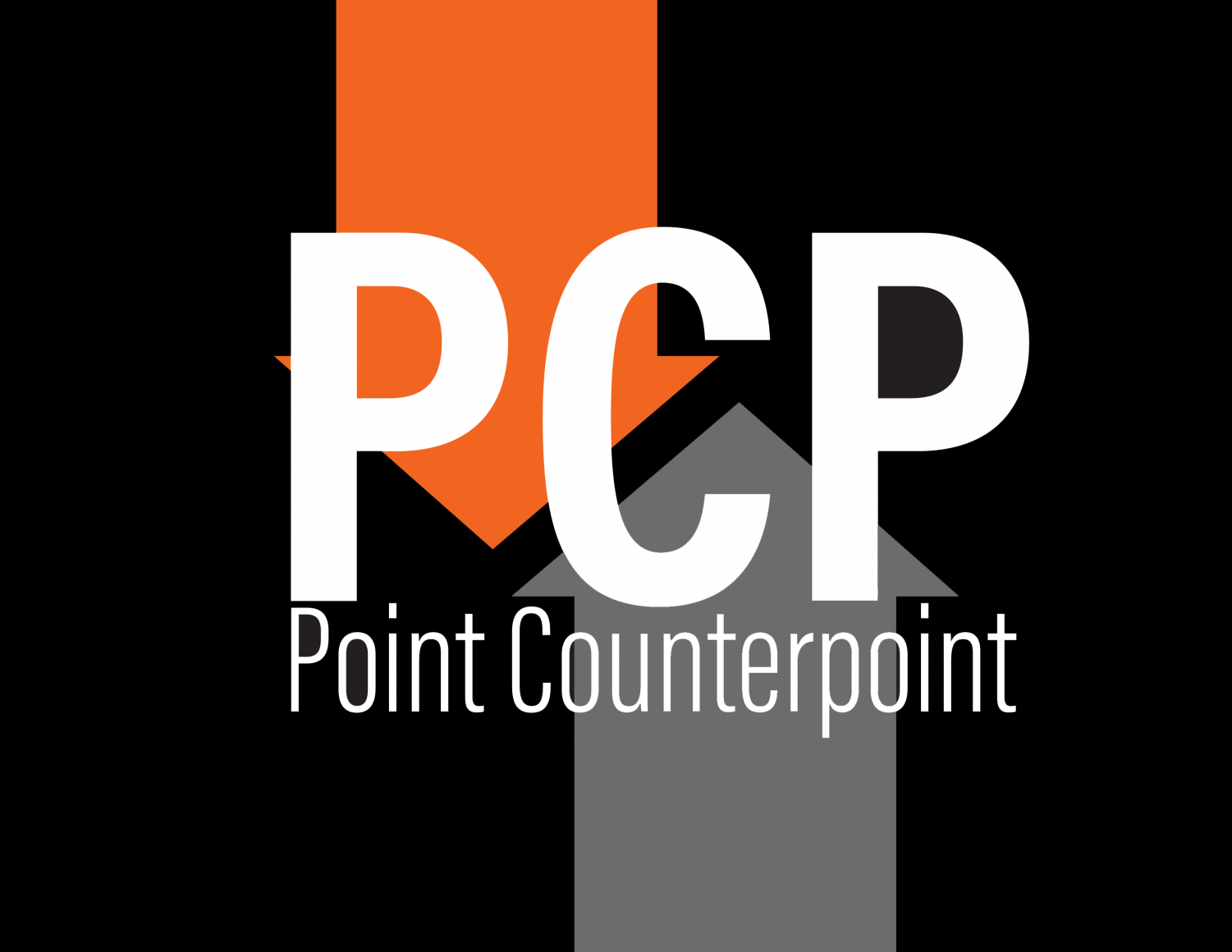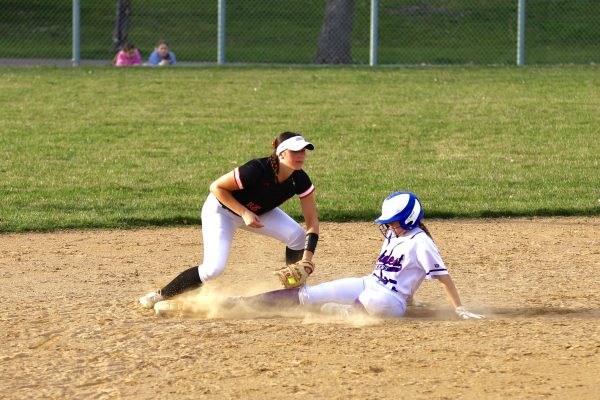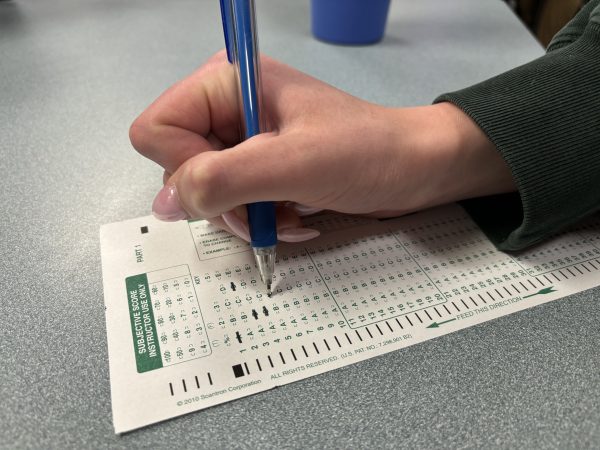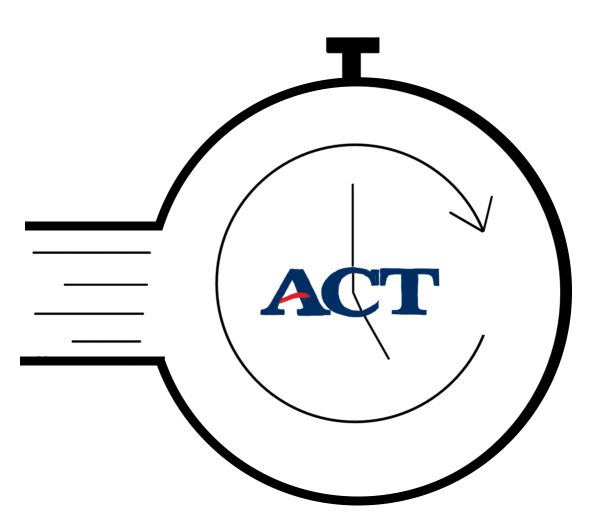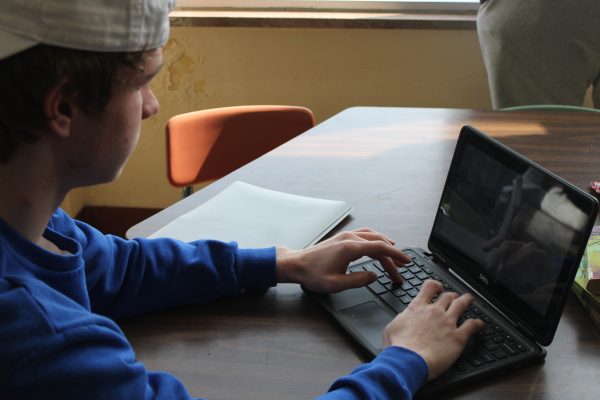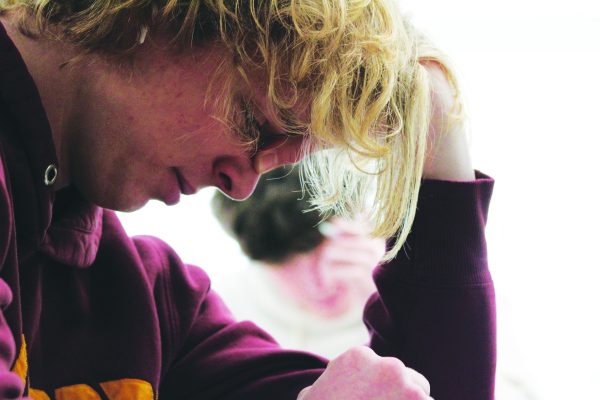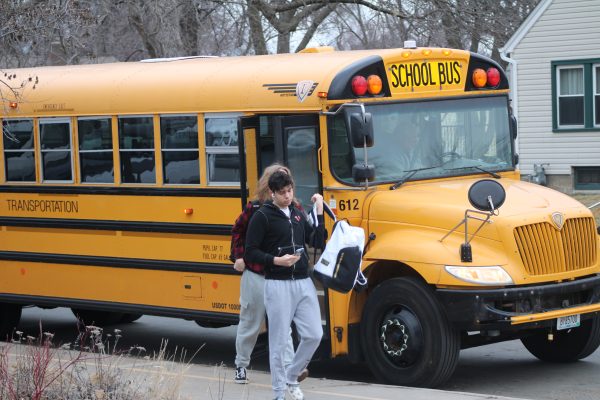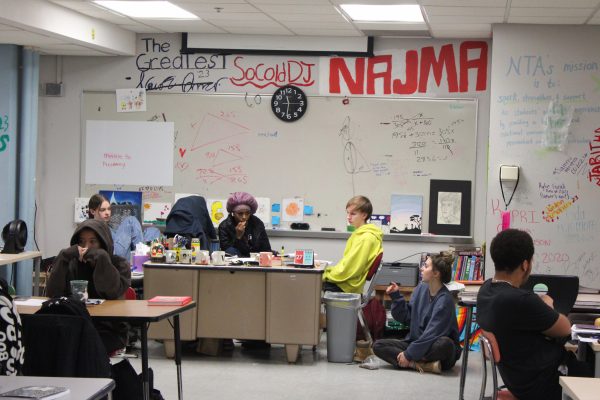Trigger warnings create welcoming environment for all
Benefit for impacted students outweighs criticism
October 11, 2016
University of Chicago’s ban on safe spaces and trigger warnings unintentionally creates liabilities for both students and the school itself.
Trigger warnings are necessary because a student may have gone through a traumatizing experience, and a word, picture or scenario could make their upsetting emotions stemming from such an event resurface.
A student should never be forced into such an unpleasant situation that it could cause them to break down.
Contrary to the University of Chicago’s notion that students will need to get uncomfortable to create a productive debate, there are many ways educators can facilitate a meaningful discussion without using potentially disturbing content.
In extreme cases, a student could file a lawsuit against their own school for the distress and trauma, which resulted from exposure to offensive content.
According to Abbott v. Pastides, a group of students at the University of South Carolina sued the school after they were threatened to be punished for an offensive demonstration.
A veteran who served in a war might be taking classes at school and if a professor makes them do something related to war, the veteran may get terrible flashbacks.
The University of Chicago insinuates people with traumatic histories need to get over their issues, making the student’s already difficult life harder.
The University of Chicago is saying that they do not recognize post-traumatic stress disorder as a true disorder; that students are only making a request not to see certain images.
Teachers need to use trigger warnings to make sure all their students are at their best ability to learn in a safe environment, both mentally and emotionally.



